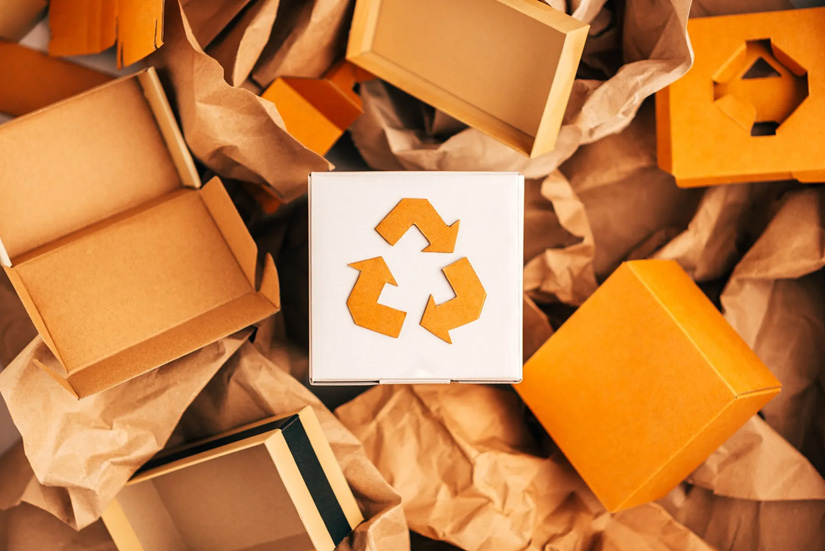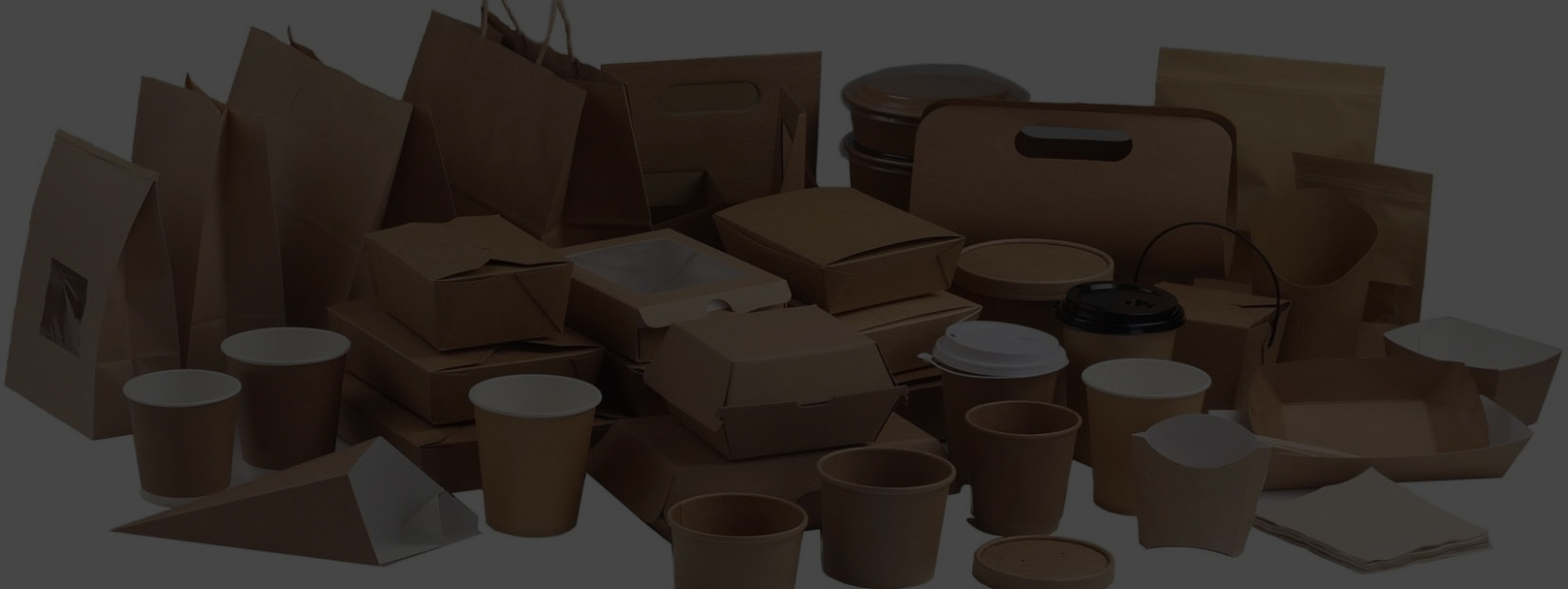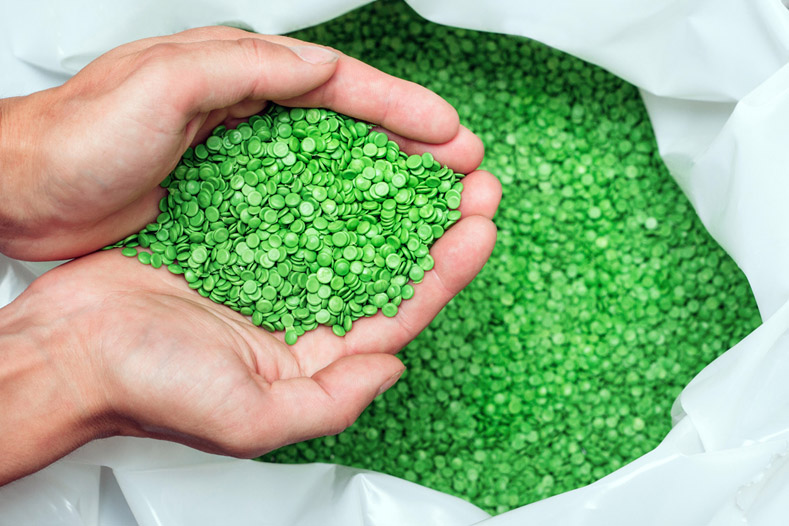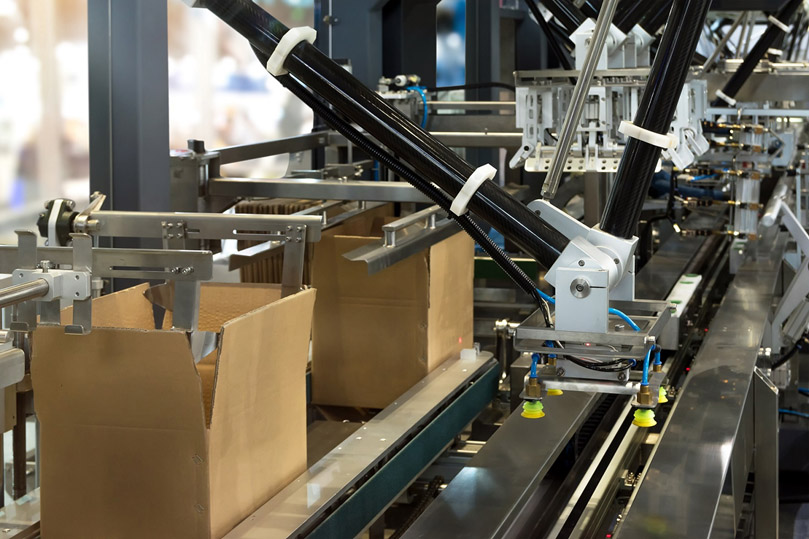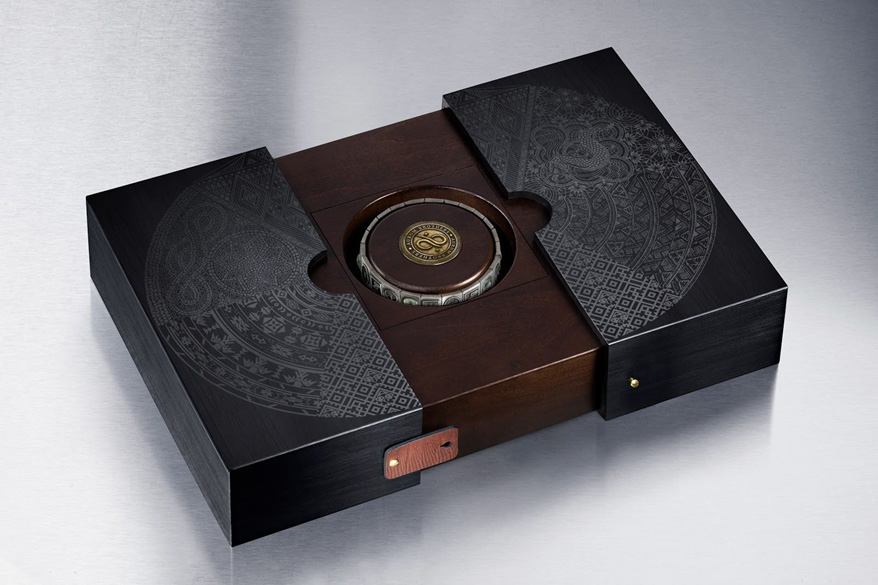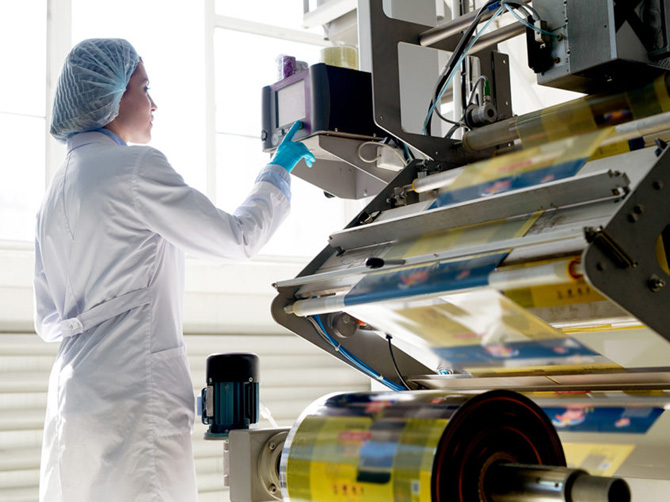Sustainable Packaging
Consumer demand for sustainability is driving a significant transformation in the packaging industry, compelling companies to embrace eco-friendly practices that are environmentally sound, economically viable, and socially responsible. This shift not only affects how products are packaged but also influences consumer perceptions and brand strategies, making sustainability a key differentiator in the marketplace. Eco-friendly packaging offers numerous advantages for brands, ranging from enhanced brand image and customer loyalty to cost savings and regulatory compliance. With governments worldwide implementing stricter regulations on waste reduction and recycling, sustainable packaging has become essential for brands to ensure compliance and avoid potential fines or sanctions.
Sustainability has emerged as a significant factor influencing consumer purchasing decisions, presenting brands with opportunities to tap into new markets and customer segments. Millennials and Gen Z consumers, in particular, exhibit a strong preference for brands that prioritize environmental sustainability, driving demand for eco-friendly packaging solutions.
